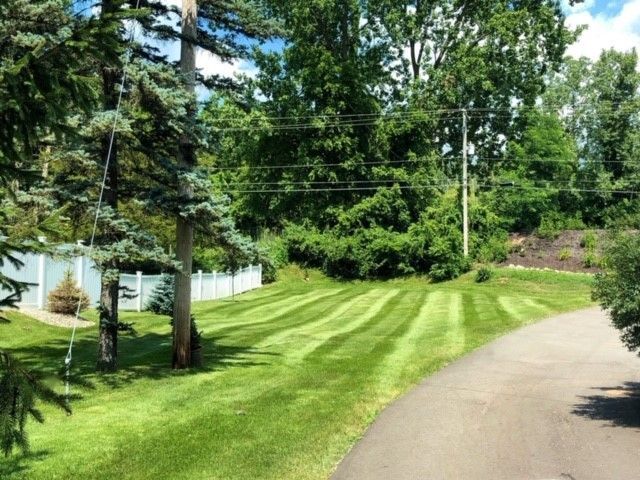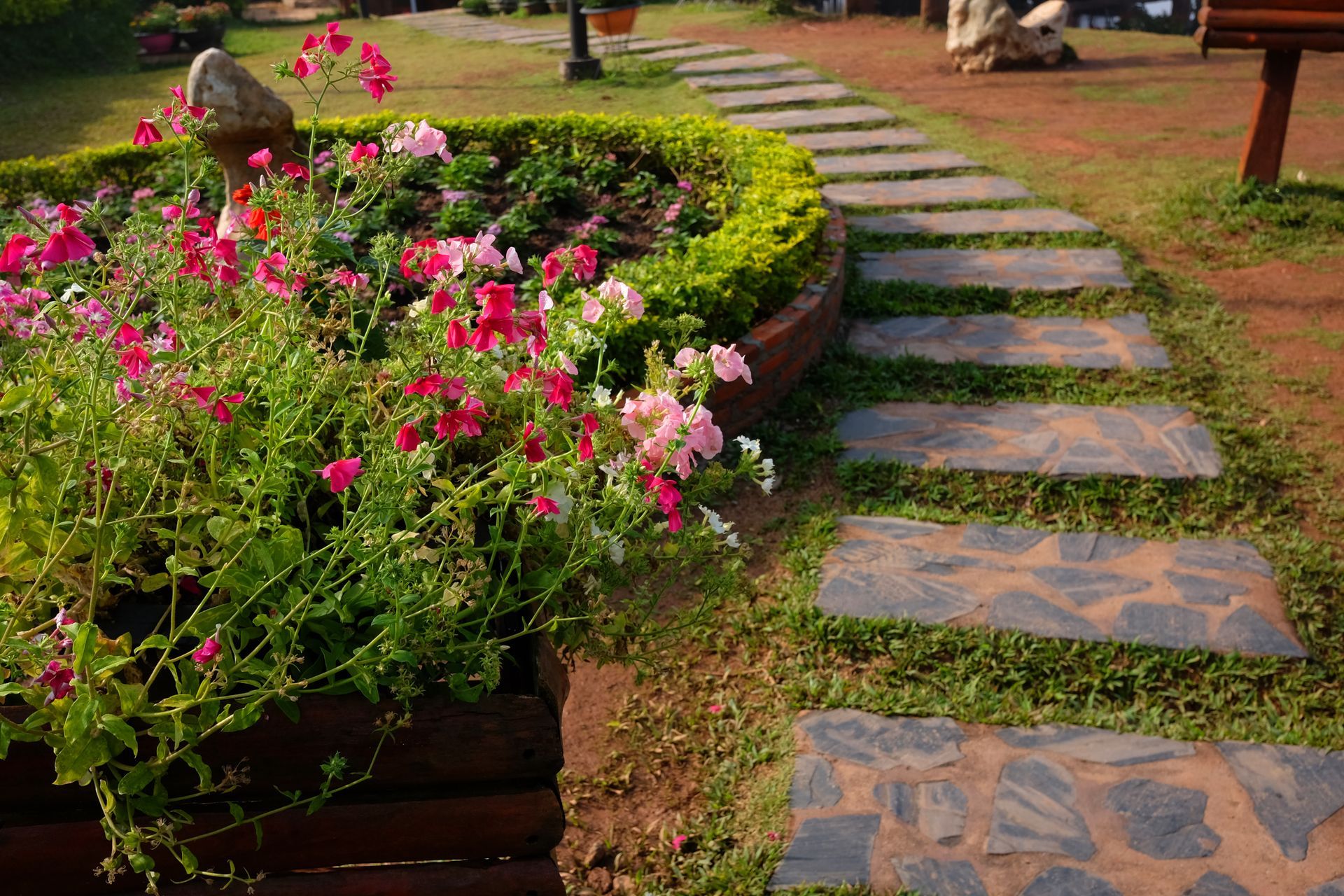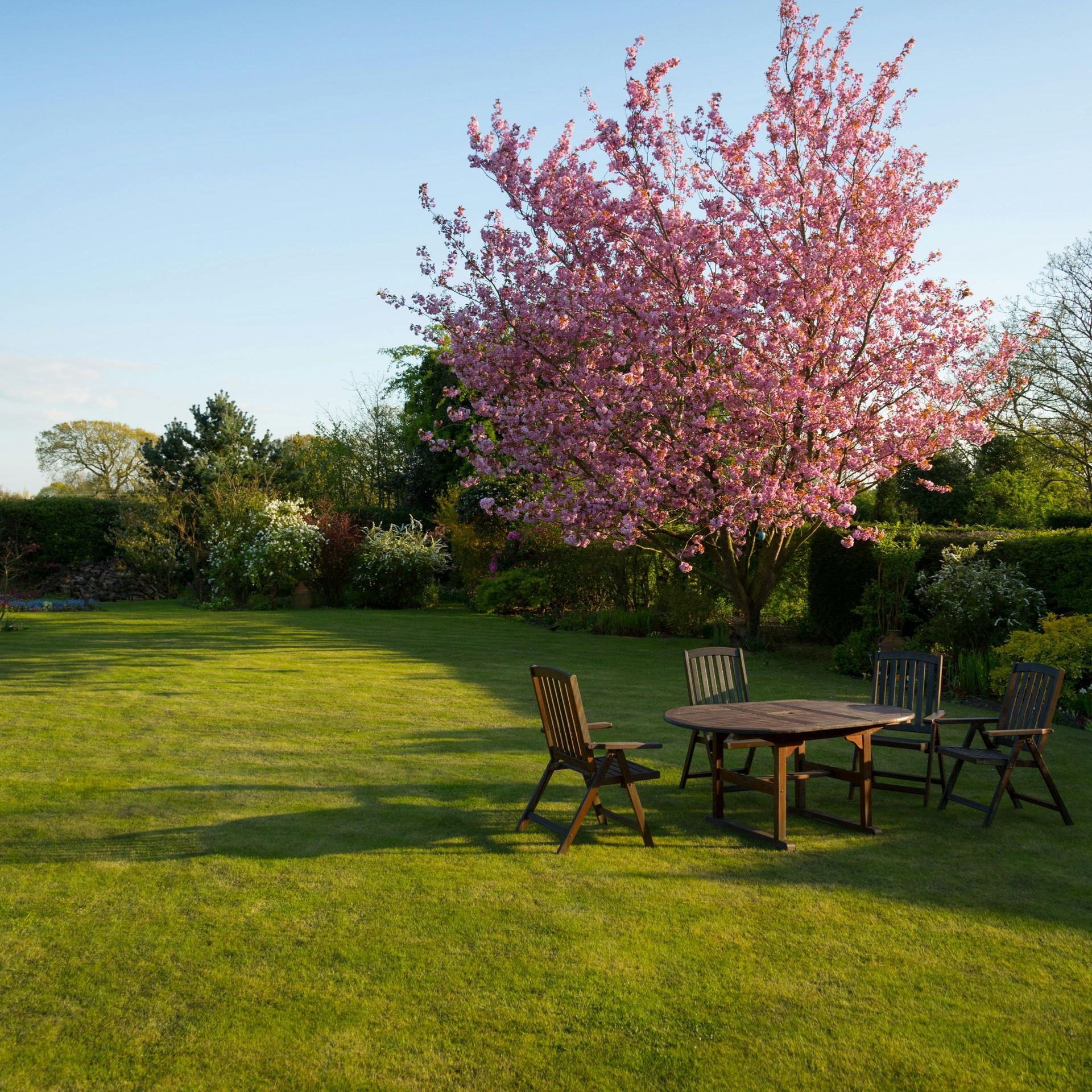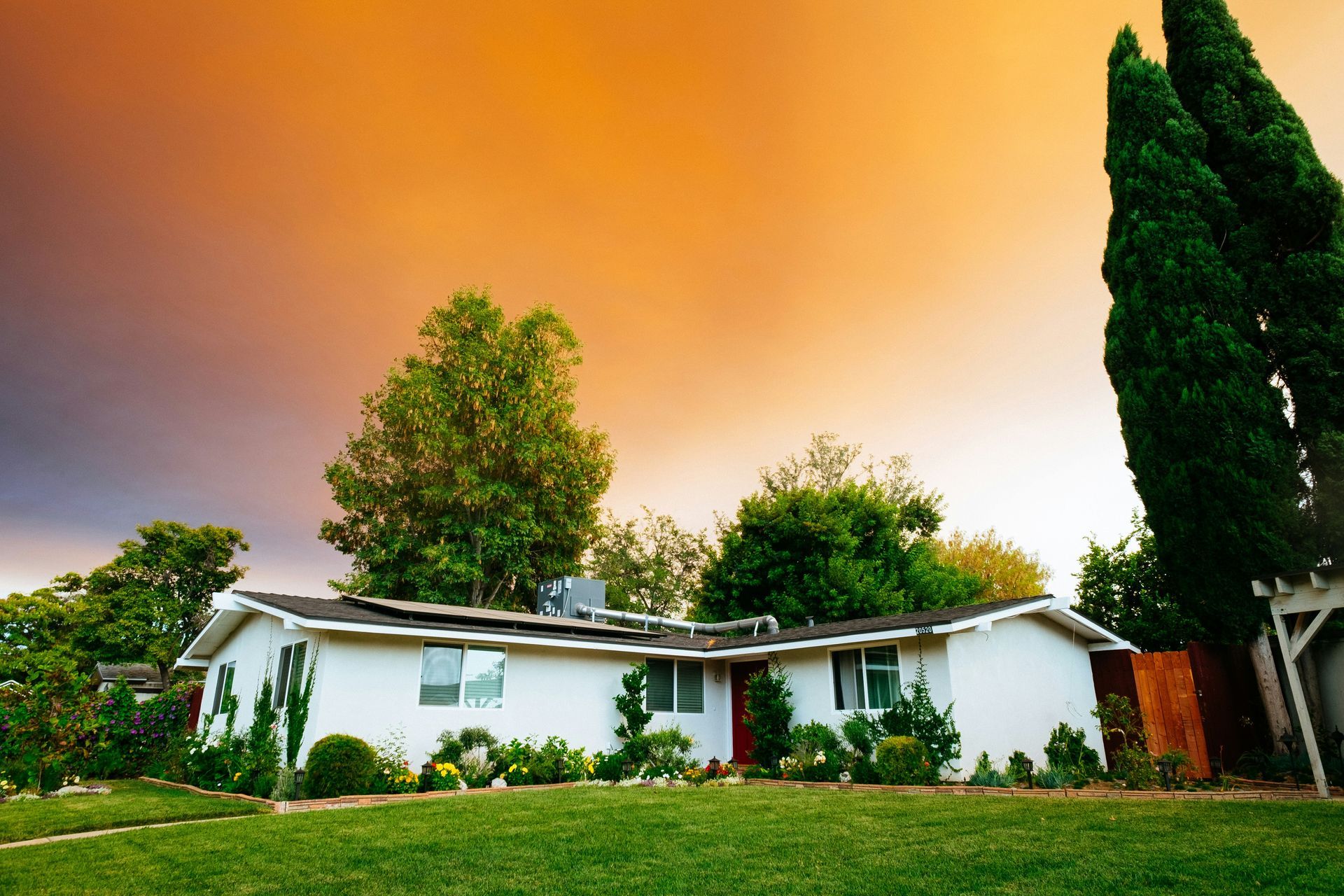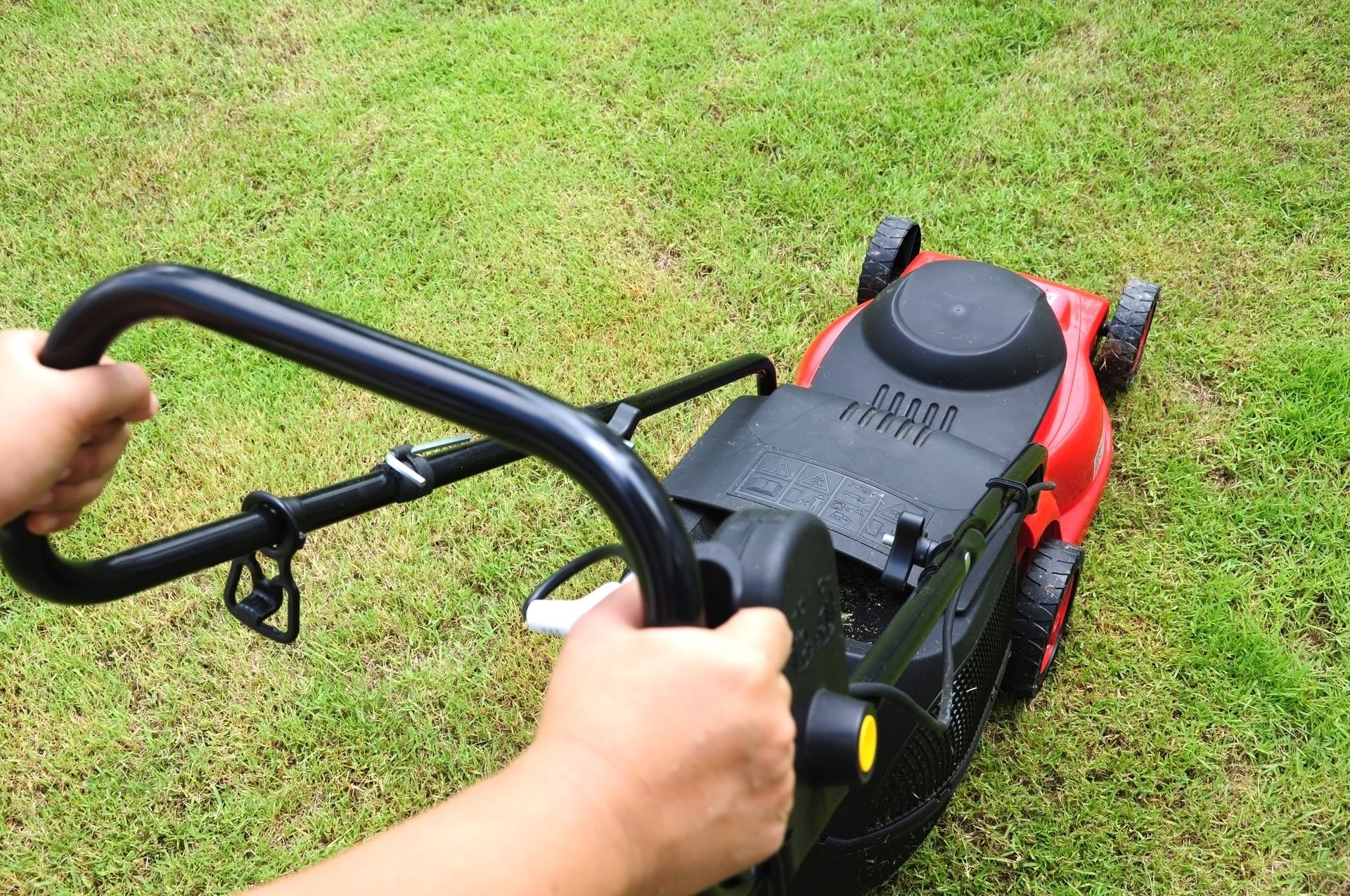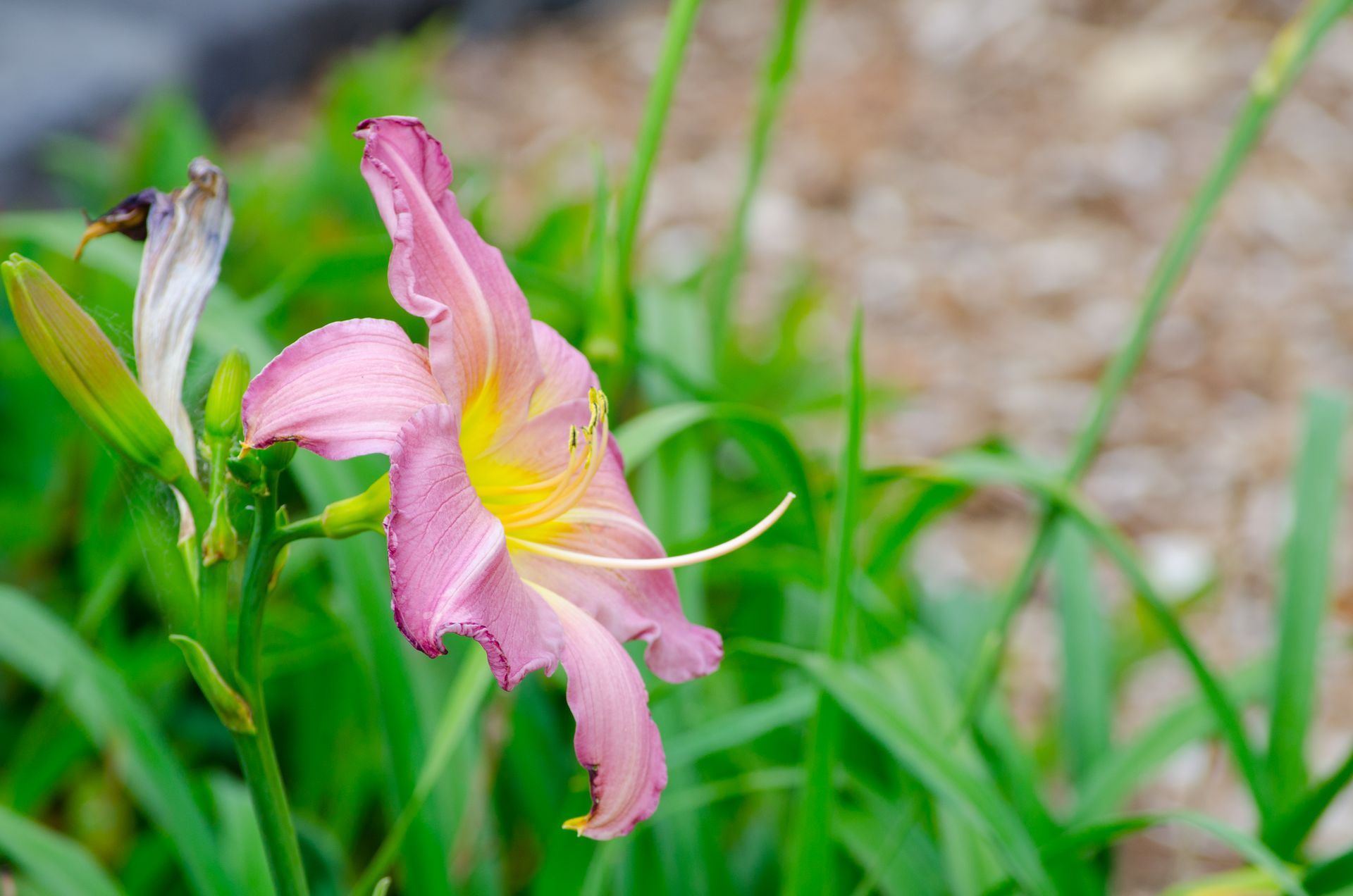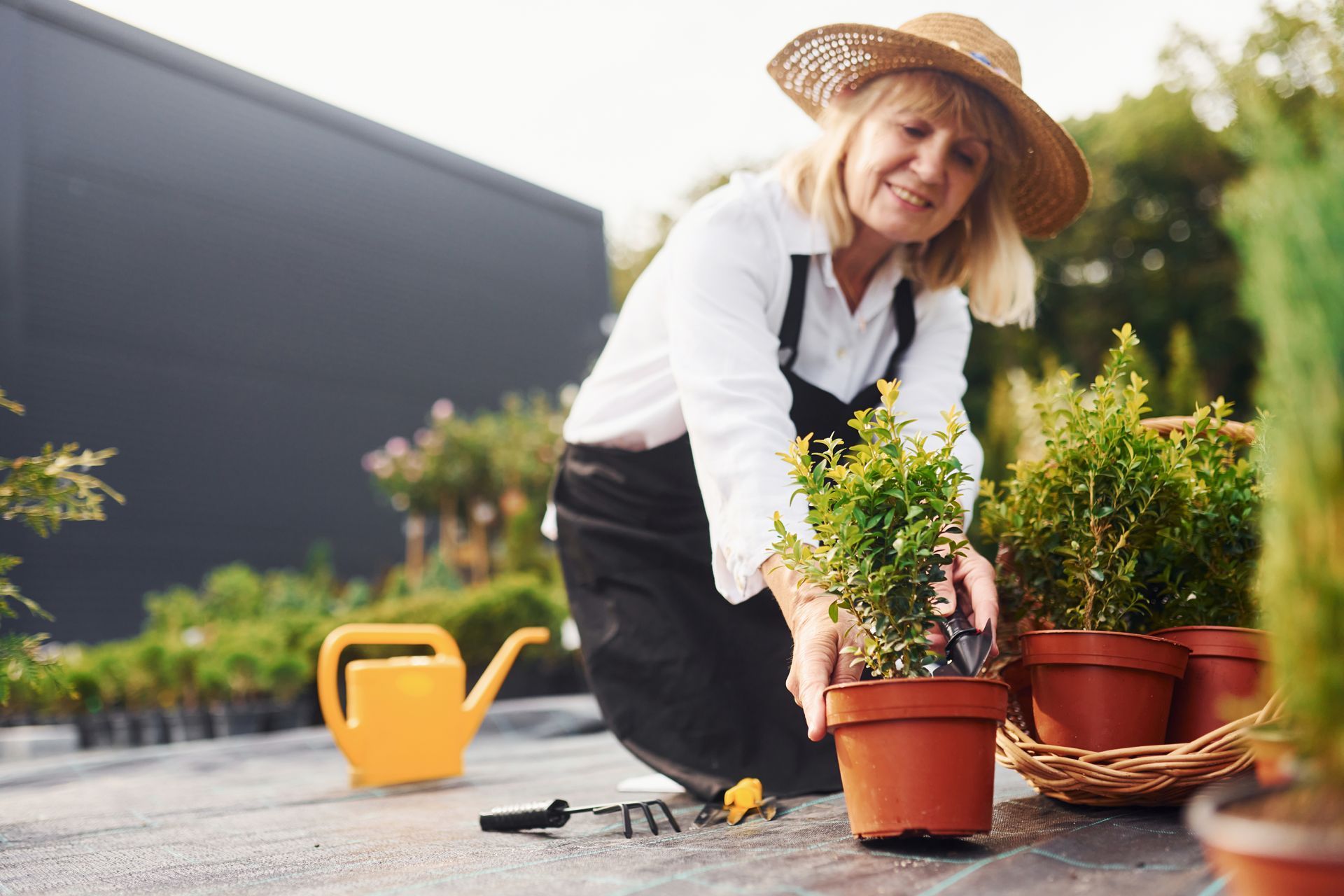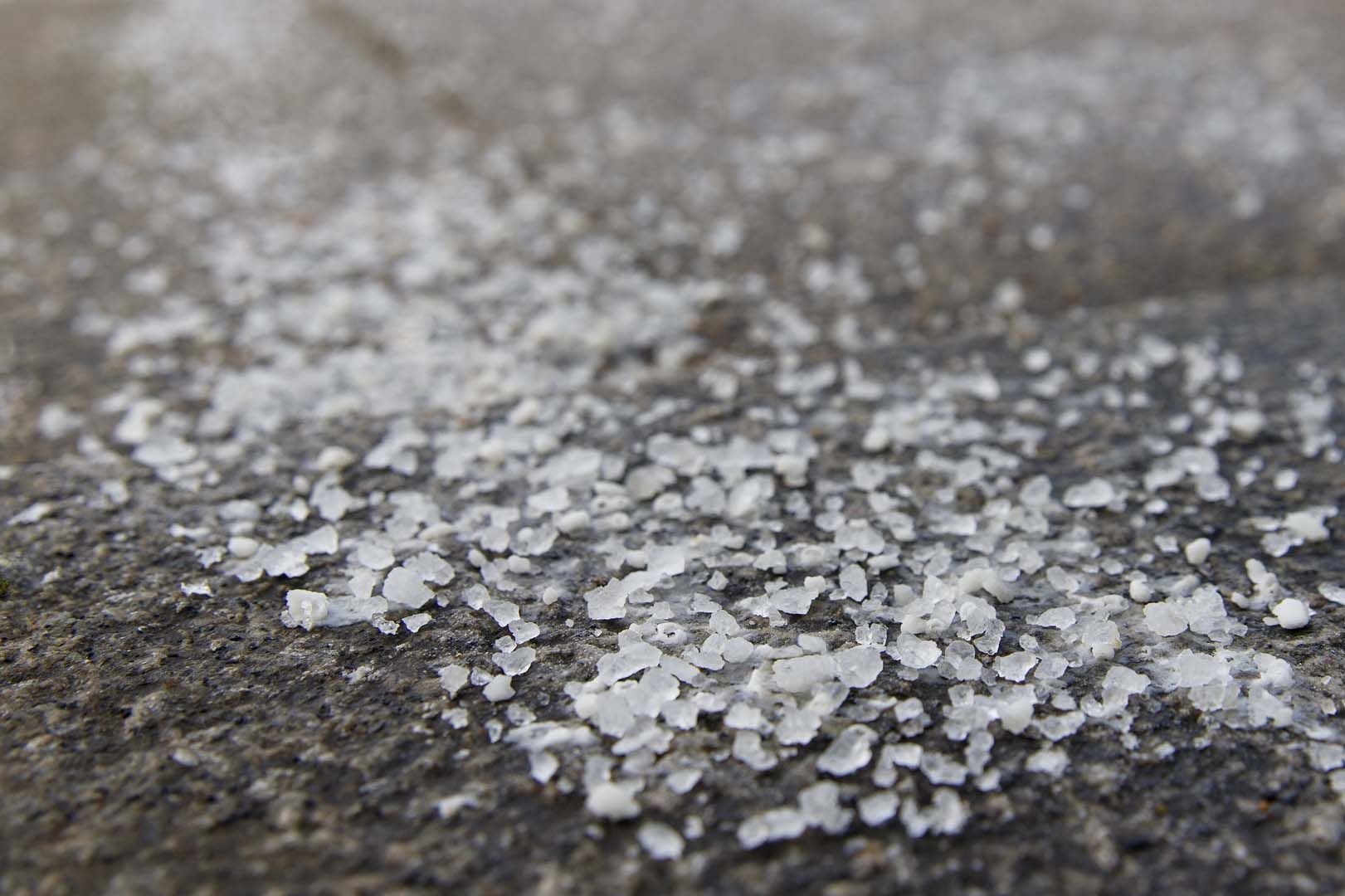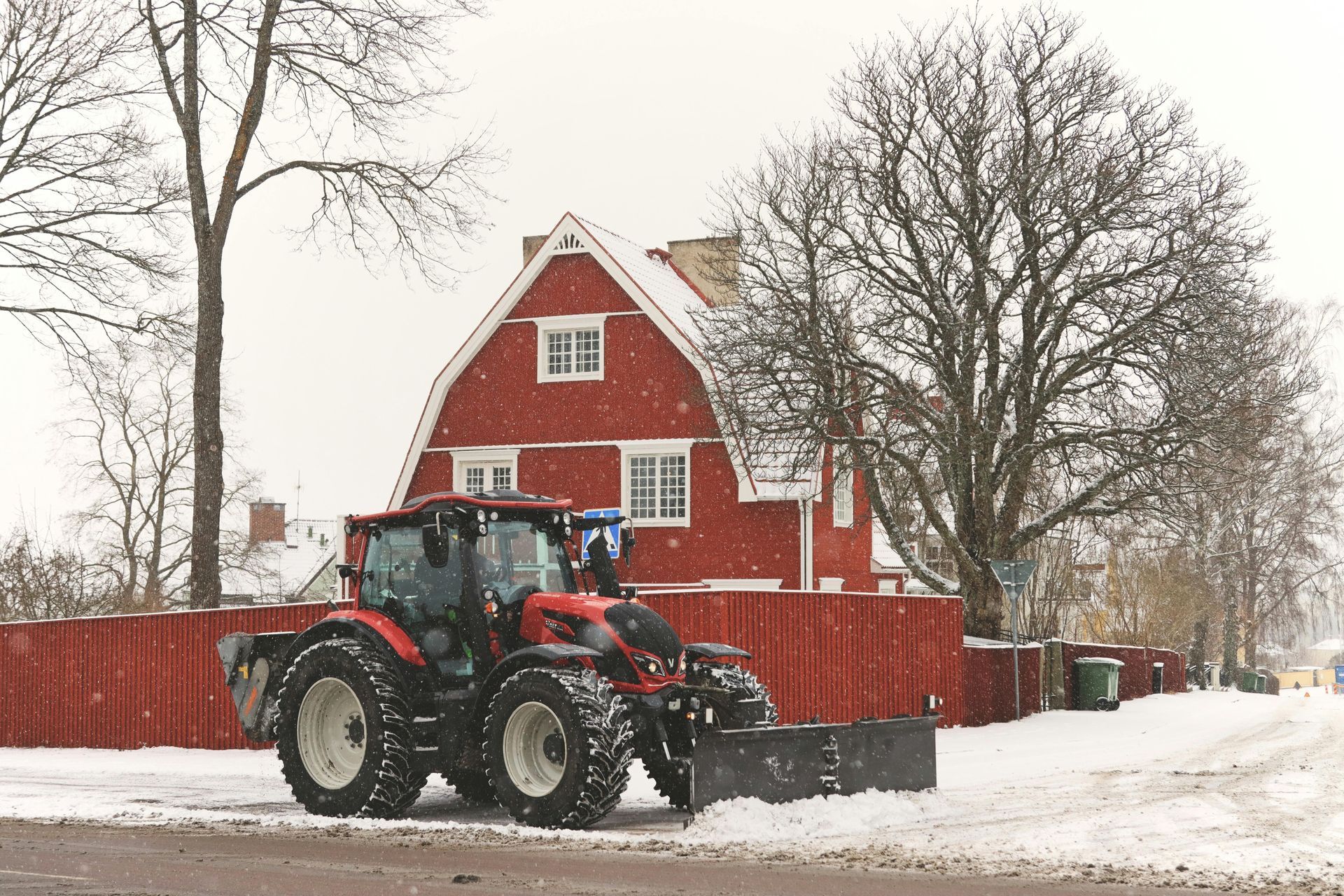MASTER GARDNER LLC
DIY Landscaping Projects: Easy and Affordable Ideas for Your Garden in Ada, MI
Creating a beautiful garden doesn’t have to break the bank or require a professional designer. With some creativity, a bit of effort, and the right guidance, you can transform your outdoor space into a stunning retreat that reflects your personal style. Whether you need
affordable landscaping ideas or tips for DIY projects, this blog will help guide you through creating a beautiful garden without a professional designer. In this post, we’ll explore a variety of DIY landscaping projects that are both easy to execute and budget-friendly.
Start with a Simple Garden Bed
One of the most straightforward DIY landscaping projects is creating a garden bed. This project is perfect for beginners and can be tailored to fit any garden size.
- Choosing the Right Location: Pick a spot in your garden that receives adequate sunlight and has good soil drainage. If you're not sure where to start, consider the areas around your home’s foundation or along walkways.
- Preparing the Soil: Remove any weeds, rocks, and debris from the chosen area. Loosen the soil using a garden fork or tiller, and mix in compost or organic matter to improve soil fertility.
- Selecting Plants: Choose a mix of perennials, annuals, and shrubs that are suitable for your climate and soil type. Group plants with similar sunlight and water needs together.
- Planting and Mulching: Plant your chosen plants according to their spacing requirements, and add a layer of mulch to retain moisture and suppress weeds. Water the plants thoroughly after planting.
This project is an excellent starting point for any DIY landscaper and can be completed over a weekend.
Create a Pathway with Stepping Stones
A garden pathway adds charm and functionality to your outdoor space. Stepping stone pathways are an easy DIY project that can guide visitors through your garden or connect different areas.
- Planning the Pathway: Decide on the path’s route and mark it using garden stakes and string. Consider the natural flow of movement in your garden and areas that need better accessibility.
- Choosing Materials: Stepping stones can be made from various materials like concrete, flagstone, or even repurposed bricks. Choose materials that complement your garden’s style.
- Laying the Stones: Dig shallow holes where the stones will be placed, making sure they’re level with the ground. Add a layer of sand or gravel to the bottom of each hole for stability. Place the stones and adjust as needed to ensure they’re level and evenly spaced.
- Finishing Touches: Fill the gaps between the stones with gravel, sand, or groundcover plants like creeping thyme for a polished look.
This simple project adds visual interest to your garden and can be completed in just a few hours.
Build a Raised Garden Bed
Raised garden beds are a fantastic option for growing vegetables, herbs, and flowers. They offer better soil control, improved drainage, and are easier to maintain. When planning for full-service landscaping, incorporating raised beds can be a valuable addition for functionality and beauty.
- Selecting a Location: Choose a sunny spot in your garden for your raised bed. The majority of vegetables and herbs require a minimum of 6 hours of sunlight each day.
- Building the Bed: You can use wood, brick, or stone to construct the bed’s frame. The size can vary depending on your space, but a typical size is 4 feet wide by 8 feet long. Ensure the bed is at least 6 inches deep for proper root growth.
- Filling the Bed: Fill the bed with a mixture of topsoil, compost, and other organic matter. This nutrient-rich soil will promote healthy plant growth.
- Planting: Choose your plants based on the season and your culinary preferences. Space the plants according to their growth habits and water needs.
This project is not only easy to accomplish but also highly rewarding as you can enjoy fresh produce straight from your garden.
Install a Garden Water Feature
Incorporating a water element into your garden can create a tranquil and peaceful ambiance. The sound of flowing water attracts wildlife and enhances the overall ambiance of your outdoor space. For those seeking garden and landscape design, a water feature is a great way to add luxury to your space without breaking the bank.
- Choosing a Water Feature: There are various options, from simple birdbaths and fountains to more complex DIY ponds. For beginners, a small fountain kit is a great starting point.
- Selecting a Location: Place your water feature in a visible spot where you can enjoy it. Ensure it’s near a power source if it requires a pump.
- Setting Up: Follow the instructions provided with your fountain kit or water feature. Most kits include a pump, tubing, and a reservoir. Assemble the parts, fill the reservoir with water, and plug in the pump.
- Maintaining Your Water Feature: Keep the water clean by regularly removing debris and adding fresh water as needed. Consider adding aquatic plants or fish if you have a pond.
This project adds a touch of elegance to your garden and can be completed in an afternoon.
Create a Vertical Garden
Vertical gardens are a space-saving solution that allows you to grow plants on walls, fences, or trellises. They’re perfect for small gardens or for adding greenery to patios and balconies. If you’re looking for residential landscaping services, this can be an efficient and eye-catching solution for smaller spaces.
- Choosing a Structure: You can use a trellis, a wooden pallet, or even hanging pots to create your vertical garden. Ensure the structure is sturdy and can support the weight of the plants.
- Selecting Plants: Choose plants that thrive in vertical spaces, such as climbing vines, trailing plants, or compact herbs. Succulents and ferns are great options for vertical gardens.
- Planting: Attach pots or containers to the structure, or plant directly into pockets if using a pallet. Arrange the plants in a way that maximizes sunlight exposure and allows for proper drainage.
- Caring for Your Vertical Garden: Water your plants regularly, as vertical gardens can dry out faster than traditional beds. Fertilize as needed and prune plants to keep them healthy and tidy.
This creative project not only maximizes your garden space but also adds a unique visual element to your outdoor decor.
Contact Master Gardner for Professional Landscaping Services in Ada, MI
While these
DIY landscaping projects are fun and rewarding, there are times when professional help can make all the difference. At Master Gardner in Ada, MI, we offer expert landscape design services and
lawn care services tailored to your specific needs. Whether you need assistance with design, planting, or maintenance, our team is here to help you create the garden of your dreams. Call us today at
(616) 366-1552 to schedule a consultation and learn more about how we can transform your outdoor space.
FAQs
What tools do I need for basic DIY landscaping?
For most DIY landscaping projects, you’ll need tools like a shovel, garden fork, rake, hand trowel, pruners, and a wheelbarrow. Depending on the project, you may also need a tape measure, level, and gloves.
How can I maintain my garden without spending a lot of time?
To keep your garden low-maintenance, choose native plants that require less water and care, mulch to reduce weeds, and install an automatic irrigation system. Regularly deadhead flowers and prune plants to keep them healthy.
Can I start a garden if I have poor soil?
Yes, you can improve poor soil by adding organic matter like compost or using raised garden beds with high-quality soil. Conduct a soil test to determine what nutrients are needed, and amend the soil accordingly.
How do I choose the right plants for my garden?
Consider your garden’s climate, soil type, and sunlight when choosing plants. Native plants are well-suited for local environments, making them a popular choice for gardens. Also, think about the plant’s water needs, growth habits, and the overall design of your garden.
How can I save money on landscaping projects?
You can save money by starting plants from seeds, using recycled materials for garden structures, and dividing existing plants to create more. Shopping at local plant sales or swapping plants with friends and neighbors are also great ways to cut costs.
